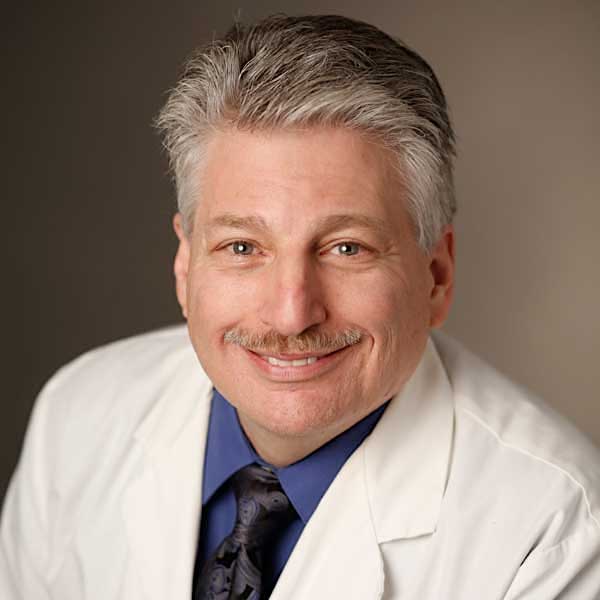
A key to improved health and quality of life for senior living residents — including fewer hospitalizations, fewer emergency department and clinic visits, and an ability to stay at the same level of care — is having one accessible “point person” for them to contact for help with their medical and nonmedical requests, when needed.
That’s according to the results a small two-year pilot study of a medical home care program (which evolved into a concierge medical model) conducted by the Los Angeles Jewish Home through its Brandman Research Institute.
Additional benefits of the approach, said Noah Marco, M.D., executive director of the institute, are that it makes care delivery less costly and more efficient — and residents like it.
“We developed a program that clearly resonated with residents and those caring for them, producing a model that can be replicated across the county,” he said.
The LAJH conducted the study using a two-year, $250,000 grant from the Jewish Foundation. Participants were patients of physicians of the home.
In the study, Marco said, a licensed vocational nurse, supervised by a nurse practitioner, served as a main contact for residents. Study participants were able to stop by the contact’s office without an appointment to ask a question and obtain clarification or answers to their concerns.
“If it was a clinical issue, the LVN contacted the NP or the resident’s physician,” Marco said. “If it was a nonclinical issue, then the responsible party for that issue was contacted.”
Patient education was provided in an informal setting, which alleviated residents’ need to make clinic appointments to have their needs addressed, LAJH said.
The LVN also provided numerous nonpharmaceutical interventions during 500 room visits over the course of the second year of the study, averaging five to eight visits a day, the organization said.
Falls, ED visits, hospitalizations
Researchers sought to evaluate whether medical home principles, when used with independent and assisted living residents, could improve outcomes by reducing falls, emergency department visits and hospitalizations. They ultimately saw no changes in the number of falls but did see changes in emergency department visits and hospitalizations.
Specifically, medical home participants saw a 24% reduction in hospitalizations.
“By the end of the second year, hospitalizations were reduced by 50% if comparing similar groups pre- and post-medical home,” Marco told McKnight’s Senior Living.
Residents also saw a 75% reduction in clinic visits. “Our residents’ clinic visits are documented in our electronic medical record,” Marco said. “It was very easy to track number of visits residents had before and during the study.”
Researchers credit the “open door policy” of the nurse practitioner and licensed vocational nurse serving as contacts for the residents as most impactful for the reduction in clinic visits.
There also was a demonstrated reduction of ED visits, Marco said. “The control group had an average of 56 ED visits, and by end of the second year, ED visits were reduced to 26,” he said.
Further, when compared with a control group of residents who weren’t cared for using the medical home model, pilot study participants had a lower rate of hospitalization (35%) than the control group (46%), and medical home participants were able to stay in the same level of care after two years at a higher rate (72%) than the control group (65%).
The original study group had 50 residents of buildings licensed as residential care facilities for the elderly. Participants’ average age was 87. After the first year, 45 residents remained, and the study ended with 36 participants still enrolled. They ranged in age from 68 to 103.



